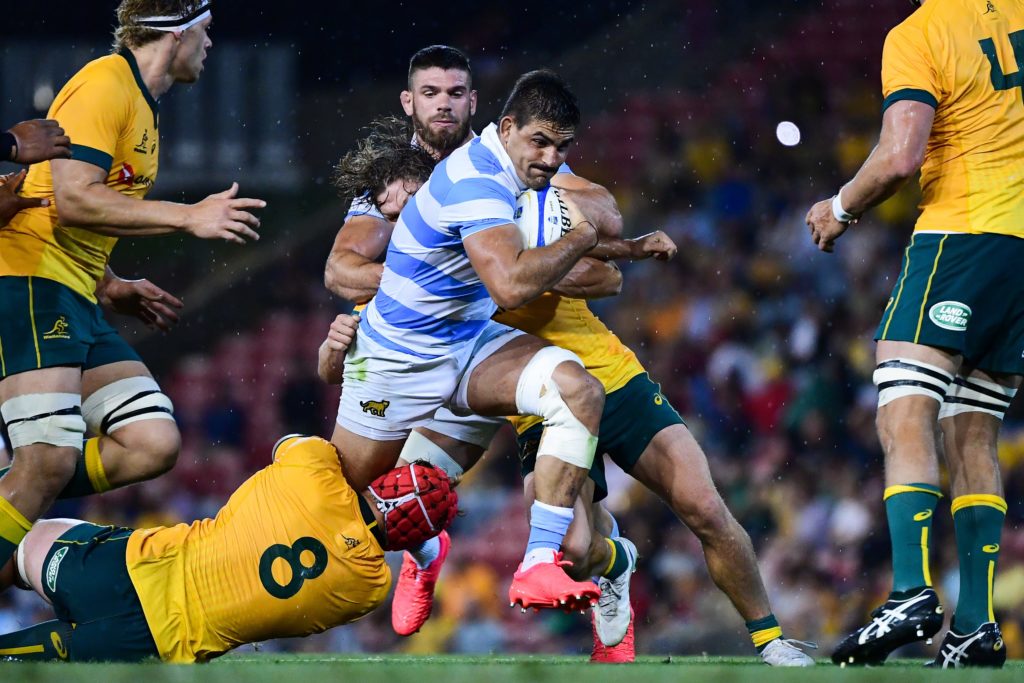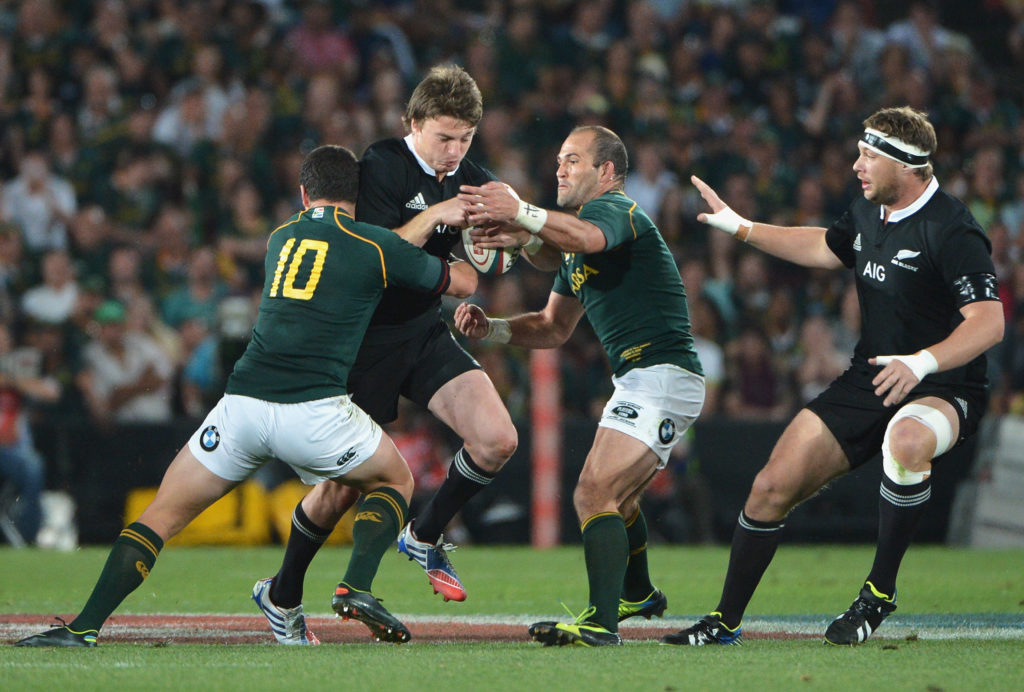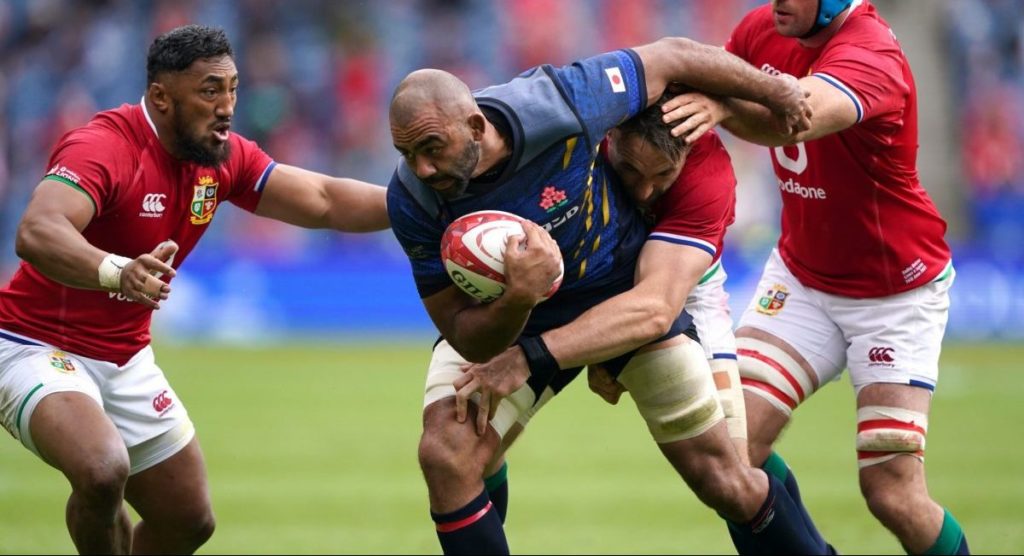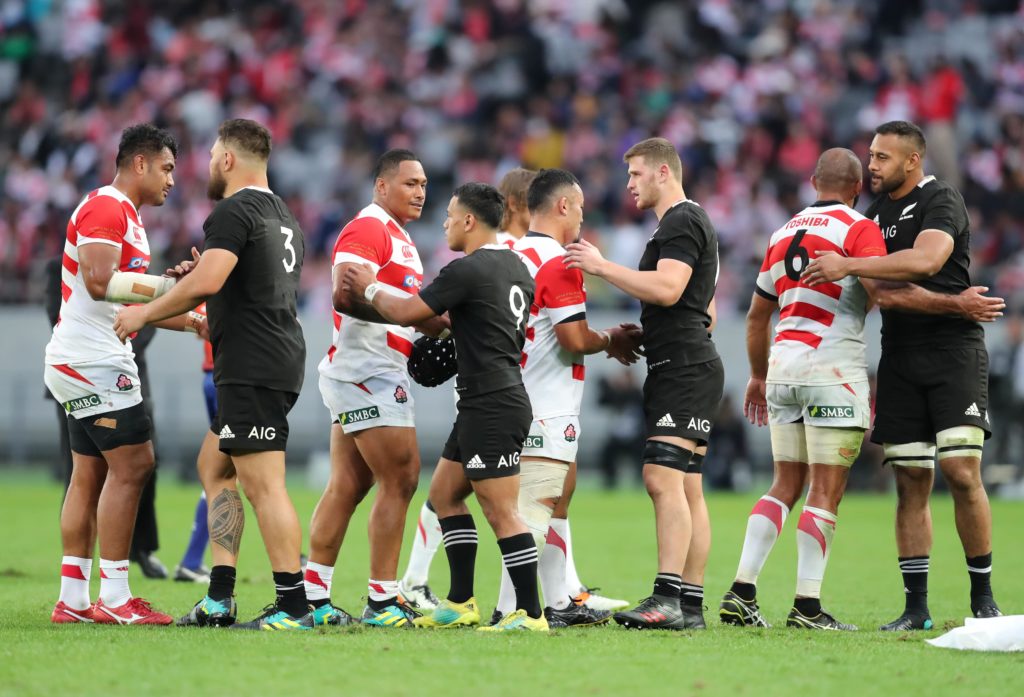The All Blacks’ 102-0 demolition of an underpowered and under-resourced Tonga has left the rugby public in New Zealand with an unprecedented sense of anticipation about the Rugby Championship.
Absence in the case of the Rugby Championship has made the heart grow fonder. The last full championship was in 2018, with the 2019 tournament truncated to one round because of the World Cup. Then of course last year South Africa didn’t play in what became a Tri-Nations, hosted entirely in Australia.
Combine that with the lack of drama and spectacle produced at Mount Smart against a horribly underprepared Tongan side and two tests to come against what will be a stronger but not particularly strong Fijian team, and it is maybe no wonder the New Zealand public is looking to August and the tests against Australia, South Africa and Argentina with some excitement.
Except, this will likely prove to be something of a short-lived appreciation because the heart may be pining for the Rugby Championship at the moment, but by October, the realisation will have sunk back in that it’s not the entertainment saviour some may be currently remembering it as.
The Rugby Championship isn’t broken as such, but it still needs to be fixed. People enjoy it, but no one really loves it. It excites but not in the same way as the Six Nations does and while there is typically in any given year some seriously good rugby, there is no depth of history or sense of tradition to deepen the experience.

When it was the old Tri-Nations between 1996 and 2011 it was unquestionably the toughest rugby competition in the world. The Springboks, Wallabies and All Blacks – were recognised as the top three nations in the world for much of that period.
There was never an easy game, never really a year when one team was a basket case and hardly worth having there. It was tough, tough, tough and when the format extended in 2006 to playing each other three times, it became tough, tough, tough, tough.
But it also became a little stale and repetitive. It lacked the range of storylines generated by the Six Nations – there was not enough surprise or intrigue or sense of upset to ensure there was enough drama to combine with the undoubted spectacle.
That lack of variety was partly what drew the Sanzaar partners to Argentina: that and the need to house the Pumas in regular competition.
The set-up of the Rugby Championship is not quite right. In the six years it has been run its true format – and here is another issue as World Cup years force it to be truncated and almost reduced to an irrelevance – the All Blacks have won. And they have won relatively easily with the only real challenge to their dominance coming in 2013.
Bringing in Argentina in 2012 added a new, welcome element to the Rugby Championship. New faces, new players, new tactics and new venues. The variety was needed and it allowed a change of format – of going back to each team playing the other twice, home and away.
The results, if critics want to be harsh, suggest it has been a real battle for Argentina to pull their weight in such esteemed company. They have finished last since they joined in 2012, with the exception of last year when they finished second – but of course, South Africa didn’t play because of Covid concerns.
That record doesn’t sound great but they have enjoyed six wins and three draws, which is in fact highly respectable. Some of the Six Nations teams would probably not have done as well had they been thrust into the competition and so Argentina’s inclusion has been successful, while also reiterating just how hard it is for new rugby nations to become part of heavyweight established competitions.
And here lies the issue for Sanzaar. The set-up of the Rugby Championship is not quite right. In the six years it has been run its true format – and here is another issue as World Cup years force it to be truncated and almost reduced to an irrelevance – the All Blacks have won. And they have won relatively easily with the only real challenge to their dominance coming in 2013.
That was the only year they didn’t win the title before their last game. They went to Ellis Park knowing they had to secure at least a bonus point to be safe – which they did as part of an epic 38-27 victory.

Commercially it doesn’t hit the same high notes as the Six Nations. Some of that is due to being spread across four countries with a combined population of about 140 million compared with being spread across six with a combined population of about $210m
But it’s also the size and strength of the Six Nations economies that enable them to generate greater sponsorship fees and broadcast income.
There is a need for Sanzaar to find more money and build more intrigue into the Rugby Championship both of which can only be achieved by expanding. That’s not easy on either front, though.
Argentina have done well, but they haven’t ever been a real contender and it may be a decade – if not longer now they have no club presence in Super Rugby – before they are seriously looking at winning a title.
Sanzaar want to expand, bring new flavours into the tournament to create that variety of storyline and sense of the unknown and they want to create a wider base of established test nations in the region to up the potential commercial standing of the Rugby Championship.
Look around the Pacific region – the Southern Hemisphere – and there is no country knocking the door down to be included the way Italy were in the 1990s before the Five nations finally acquiesced and agreed to them entering the tournament in 2000.
Sanzaar want to expand, bring new flavours into the tournament to create that variety of storyline and sense of the unknown and they want to create a wider base of established test nations in the region to up the potential commercial standing of the Rugby Championship.
But it keeps coming back to who is ready and who can genuinely add something on the field and off it? And all roads lead to Japan as the likely next inclusion in the Rugby Championship.
In an interview with Stuff, Rugby Australia chief executive Andy Marinos said: “In order to take the discussions [about Japan] into a decision, we [the Sanzaar nations] have a commitment to play the Japanese on a more frequent basis and using that over the next couple of years as a performance metric,” Marinos said.
“We saw they did really well against the Lions, so I don’t think anyone is doubting that.
“But you’ve got to be able to back that up week in, week out, and I’m sure that they can. And then it’s understanding what are the commercials around that, because it has to pay for itself. That’s crystal clear for everybody. We can’t be subsidising anyone anymore.”

As the world’s third-largest economy, Japan has the financial might to transform the Rugby Championship. The game is growing its foothold after hosting the 2019 World Cup and also the decision to brand their club competition as fully professional from next year.
With a steady flow of Kiwi, South African, Australian and Pacific Island players into Japan, they have been able to bolster their international side through residency selections and their growth in the last 25 years has been obvious.
They went from losing 145-17 to the All Blacks in 1995, to beating the Springboks in 2015. In 2019, they beat Ireland and Scotland to make the last eight and held up well in the quarter-final against South Africa.
But as Marinos also told Stuff: “The big thing we’ve seen, and I’ve said it many times, when the Six Nations expanded from five to six [to include Italy], you want to be able to make sure the teams competing are competitive, week-in, week out.
“Let’s not kid ourselves, coming into a Sanzaar relationship, you’re putting yourself up against arguably three or four of the best teams in the world, on their given day.
The plan, if it could be called that because it is far from confirmed, is for the Sanzaar nations to do what they can to ready Japan for possible entry into the 2024 Rugby Championship.
“There’s no easy games in that. You want to preserve the competition integrity from that perspective, and make sure the high-performance requirements are met.”
The plan, if it could be called that because it is far from confirmed, is for the Sanzaar nations to do what they can to ready Japan for possible entry into the 2024 Rugby Championship.
To that end, it seems likely that the All Blacks will play in Tokyo in October this year – the third time they have played Japan there in the last nine years.
The All Blacks had an offer to play the USA in Las Vegas, but it would seem that Ireland are now taking that opportunity, which confirms just how important Japan is now seen in the overall thinking of Sanzaar.
There was more money on the table in the US for the All Blacks, but strategically, it makes more sense for them to go to Japan this year and most likely we could see them there again in 2022.

So too is it probable that Australia, South Africa and Argentina are going to look at ways to play Japan regularly between now and 2024 to try to expose them to the speed and intensity of the rugby they will face in the Championship, with the Wallabies also set to take on the Brave Blossoms at the end of the year.
The question that arises from that, though, is whether a five-team competition can work as a one-round format or will it require home and away fixtures?
Arguably, the better format would be to have six teams from 2024 and play each other just once – exactly how the Six Nations is set up. That would require the elevation of a second country – most likely Fiji – which is where the whole business becomes problematic.
They have the playing numbers and with inclusion in Super Rugby through the Drua, Fiji should develop a base of talent capable of coping with the speed and power of Southern Hemisphere rugby.
The problem, as always, will lie in their commercial standing and what they can bring to Sanzaar’s table in terms of sponsors and broadcast revenue.
That’s been a perennial barrier for Sanzaar and why, for the moment at least, the primary focus will be on helping build Japan to a point of readiness.


Comments
Join free and tell us what you really think!
Sign up for free